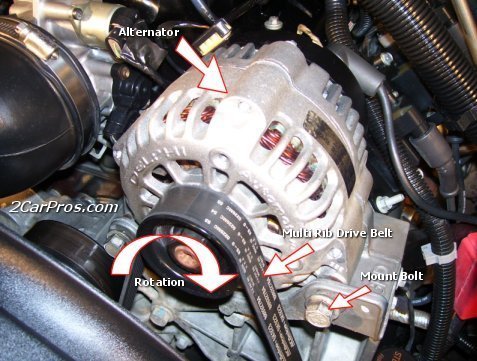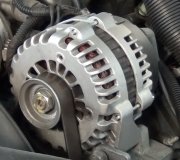What's the symptom other than just "bad"? Does it stop charging and the gauge on the dash drops, or is the battery running down over a period of many days?
All alternators develop ripple but it is extremely low compared to a battery charger's ripple. At issue is how much? One defective diode will result in excessive ripple and you will lose two thirds of the alternator's rated capacity. That means under a load test, a 90 amp alternator will only be able to produce about 30 amps max. That's enough for most driving conditions with very little left over to recharge the battery.
This next story doesn't sound like your problem, but what is much more common is for it to stop charging completely, intermittently. That is caused by worn brushes which can be replaced separately, often without removing the alternator from the engine. Any testing must be done while the problem is occurring, otherwise the alternator will test good. It seems it is more common for the no-charge condition to occur after it has warmed up. That's why they usually work fine on a bench test.
A real fast, simple test to see if the brushes are the problem is to measure the voltages on the two small wires on the back of the alternator when the problem is acting up. One will have full battery voltage, (around 12.6 volts), and the other one must have less but not 0 volts. Normal is between 4 - 11 volts. If you find 0 volts, the brushes must be replaced. The engine must be running when measuring those voltages. There WILL be no voltage to either terminal with just the ignition switch on but the engine off.
(Hi Docfixit. Happy Friday to you)!
Caradiodoc
Friday, January 28th, 2011 AT 7:10 PM



